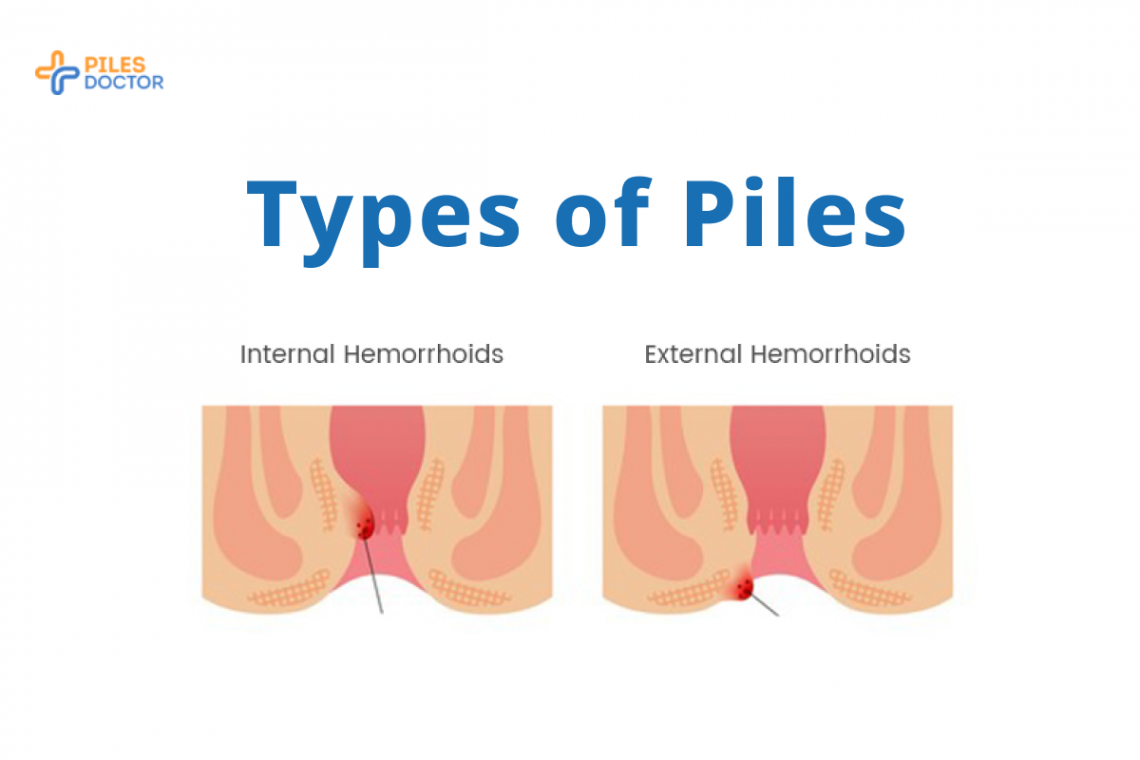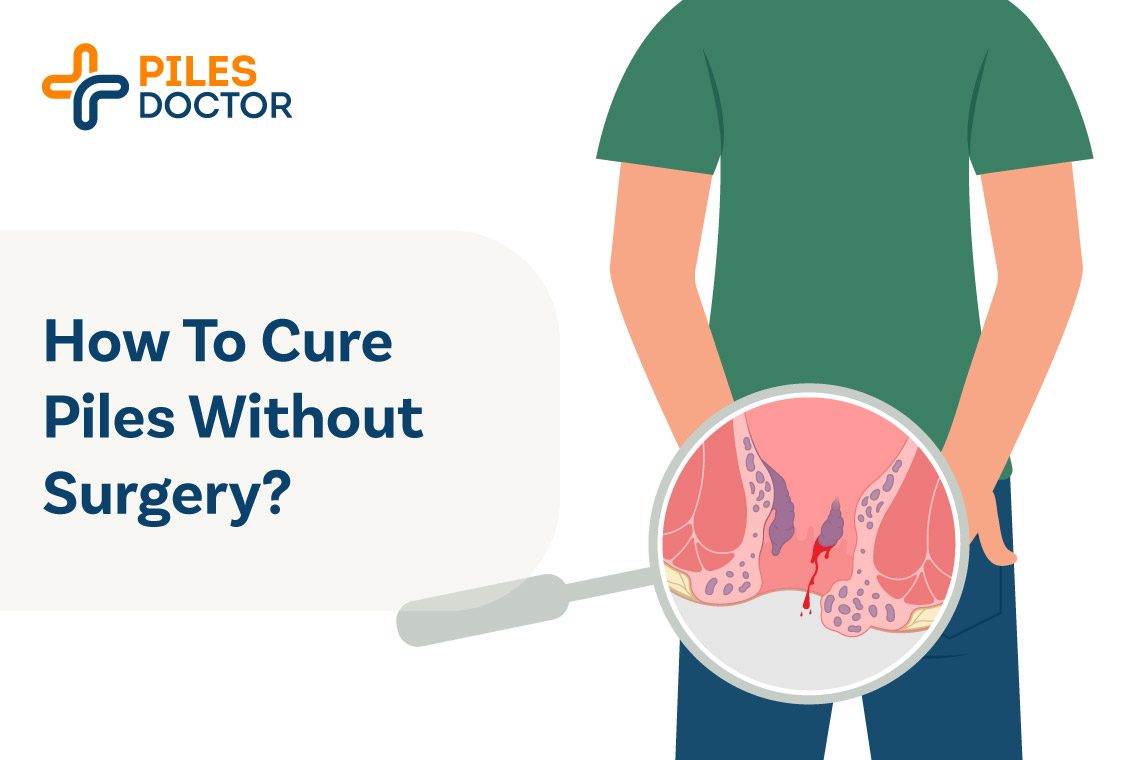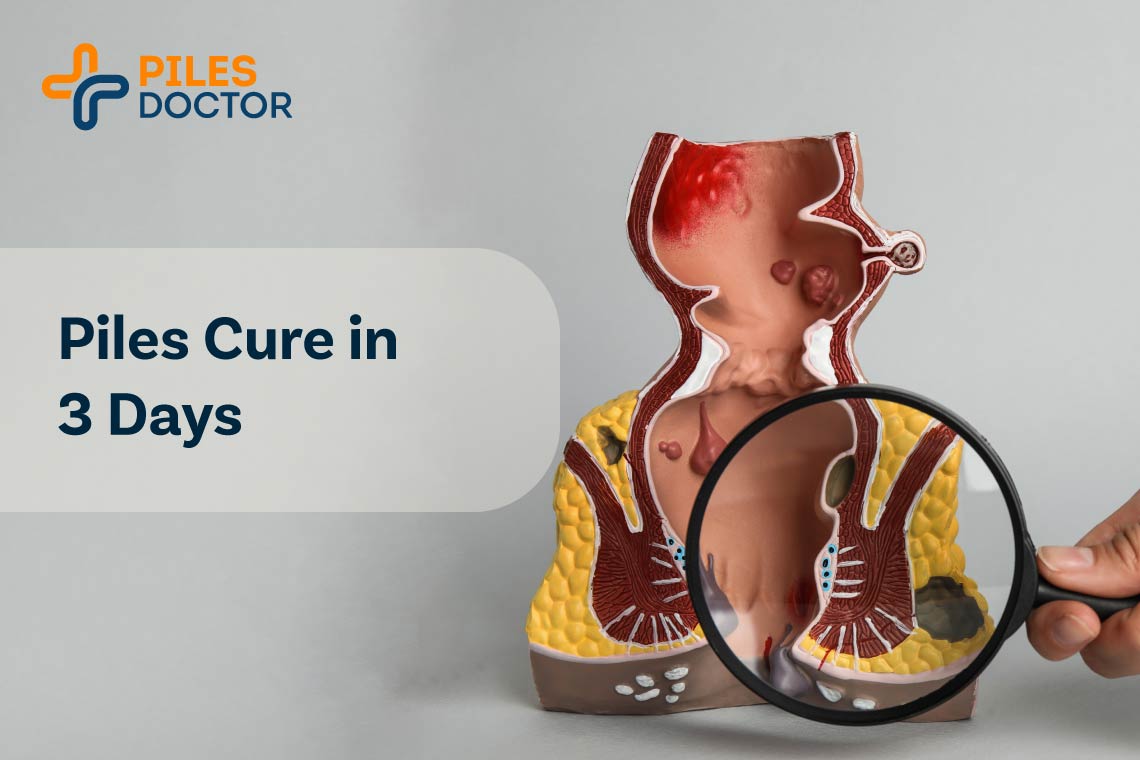Piles is one of the most common anorectal diseases that people suffer from. Piles are categorized into different types and affect the human body differently. In this blog, we will dive into the types of piles and their treatment options to give you a better understanding of them.
What is Piles?
Piles, also known as hemorrhoids, is a very common condition. They are swollen veins located in the lower part of the rectum and anus. There are two types of piles, internal and external.
Types of Piles
Piles can be either internal or external and can range from grade 1 to grade 4, depending on the severity.
Internal piles
Internal piles is a condition where swollen blood vessels occur inside the rectum. These swollen blood vessels can cause bleeding during bowel movements, but they are not visible from outside. Sometimes, people with internal piles don’t even realize they have them.
There are different grades of internal piles based on the severity of the condition.
Grade 1 piles: Grade 1 piles are small swellings that form inside the lining of the anus. These piles may cause itching and mild discomfort, but they do not protrude out of the anus.
Grade 2 piles: Grade 2 piles are larger swellings that still remain inside the anus, but they can protrude out when the person is straining or passing a bowel movement.
Grade 3 piles: Grade 3 piles are larger swellings that can protrude out of the anus when a person is straining or sitting down. They may need to be pushed back in after passing a bowel movement.
Grade 4 piles: Grade 4 piles are the largest type of piles. They remain outside of the anus all the time and may cause a lot of discomfort.
The treatment of internal piles depends on the severity of the condition. Grade 1 and 2 piles can be treated with lifestyle changes such as increasing the amount of fiber in the diet and drinking plenty of fluids, whereas Grade 3 and 4 piles may require more intensive surgical treatments i.e. hemorrhoidectomy.
It is important to seek medical advice if you experieneing any symptoms related to piles, as early diagnosis and treatment can help to reduce the severity of the condition.
External piles
External piles are swollen blood vessels that appear outside the anus and can be seen and felt. They often cause intense itching and pain, especially when sitting.
Different grades of external piles according to severity.
Grade 1 piles refer to when the veins around the anus are swollen but do not protrude outside the body. They are usually painless and may be relieved with simple treatments, such as medicated creams and ointments.
Grade 2 piles refer to when the veins protrude out of the anus but return back inside on their own.
Grade 3 piles refer to when the veins protrude outside the anus and must be manually pushed back inside. They are usually very painful and discomforting.
Grade 4 piles refer to when the veins are permanently prolapsed outside of the anus and cannot be pushed back in.
It’s important to consult with a healthcare professional for an accurate diagnosis and appropriate treatment for external piles.
The most important step in treating piles is making lifestyle changes to help reduce symptoms and prevent hemorrhoids from worsening. This includes increasing your fiber intake, drinking plenty of water, and avoiding sitting for long periods of time.
Treatments for Different Types of Piles
There are various treatment options available for piles, including;
Medications
There are also a variety of over-the-counter medications that can be used to reduce swelling, relieve discomfort, and lessen the pain associated with piles. These medications include creams, ointments, and suppositories.
Sclerotherapy
Sclerotherapy treatment for piles is a procedure to treat internal piles. It is done as an outpatient process by injecting a chemical solution into the affected area in the anal region. This causes the piles to shrink over time. People opt for sclerotherapy treatment for piles when home remedies and over-the-counter medicines fail to improve the condition. But it is typically used for grade 1 or 2 piles (initial stages).
Rubber Band Ligation
This procedure involves placing a small rubber band around the base of the hemorrhoid to cut off the blood supply, causing it to die. This is usually done in the doctor’s office and is usually only recommended for larger piles.
Hemorrhoidectomy
Hemorrhoidectomy is a minimally invasive option to remove piles, whether they are internal or external. This includes, which involves the removal of the entire hemorrhoid. This is usually used for large, severe piles that cannot be treated with lifestyle changes or medications.
Hemorrhoidectomy is of various types;
- Closed Hemorrhoidectomy: Closed hemorrhoidectomy is generally used to treat internal piles. This procedure involves the removal of piles using sharp objects such as scalpels or scissors. It is then followed by complete wound closure with an absorbable suture.
- Open Hemorrhoidectomy: The procedure is the same as closed hemorrhoidectomy, but following the procedure, the surgeons left the incision open. Usually, open hemorrhoidectomy is performed when the hemorrhoidal tissues make wound closure difficult.
- Stapled Hemorrhoidectomy for Prolapsing Piles: This is a more advanced method to remove piles. In this procedure, a stapling device excises a ring of hemorrhoid tissue which helps lift piles back to the normal position.
- Lateral Internal Sphincterotomy: The procedure involves cutting the sphincter muscle of the anus to reduce pressure on the piles. This reduces the swelling caused by the piles and allows them to heal.
Talk to your proctologist to determine the best option for your individual case. With the right treatment, you can reduce the discomfort and pain associated with piles and find relief.
Take Away
While the exact causes of piles are still unknown, understanding the different types and how to treat them properly can help keep them under control. For mild cases, making changes to your diet and lifestyle may be enough, but more severe cases may require more involved treatments. Irrespective of the type of piles you have, it’s important to stay in contact with your doctor to make sure that your condition is being properly managed. With the right treatment, you can keep your piles at bay and live a happy, healthy life.




